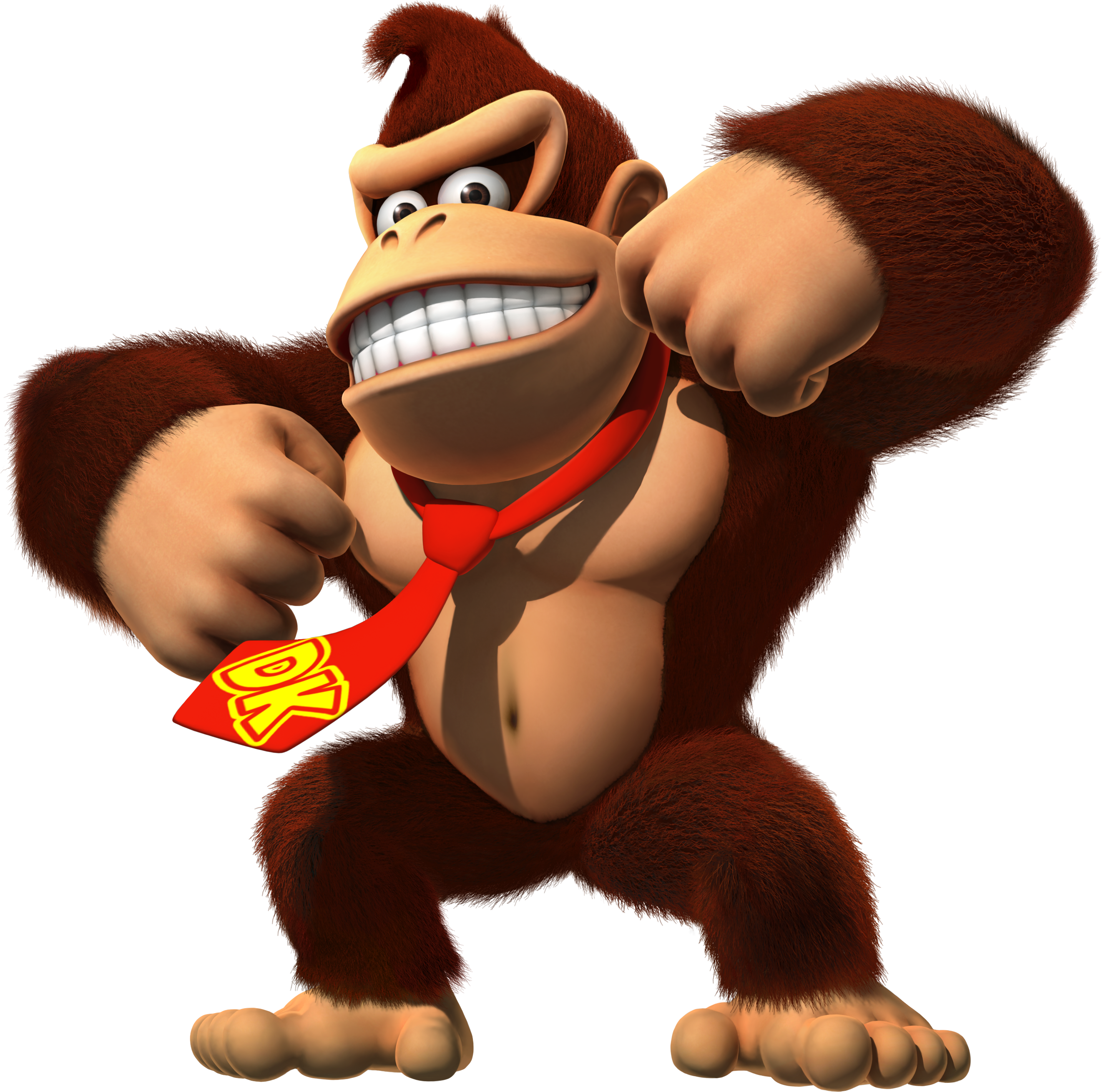

I was showing up during breakfast and then wouldn’t leave until dinner. My friend’s mom had called her and told her that my visits were just a bit too much. When dinner was over, my Mom said she needed to talk to me. One night, after spending MANY days pretty much camped out at this friend’s house, which was something I had never done before, I reluctantly went home for dinner. This is not something I planned or realized at first, but I found out in an extremely awkward way. So I started to do something I regret in hindsight, I started to become an unwanted guest. I might have been naive on many fronts, but I knew that there was no way the Atari 2600 would be this good. The gameplay was superb and played very much like the arcade. When he invited me over to play, I was floored. While I was trying to get the money together in anticipation of the release, my one friend with a ColecoVision got a copy of Donkey Kong Junior for that console on his birthday. So when I saw this commercial for the release for the console release of the game, it got me to start saving my money for the Atari 2600 version. Now I had an Atari 2600 and was often happy enough with the game they released there, but ports of arcade games, where I had gotten used to the original, could be difficult to enjoy. Every time I wanted to play the game, it was going to cost me. Do when I got an eyeful of Donkey Kong’s progeny, I couldn’t get my quarters into the game fast enough.Īnd there was the problem. I have always been a sucker for the cuter version of a main character, even unpopular ones like Scrappy Doo.

When the game hit arcades in 1982, I was smitten. remains a beloved classic, appreciated for its challenging gameplay and iconic characters. The game ends when the player loses all their lives. loses a life when he touches an enemy or projectile, falls too far, touches the water and falls off the screen, or if the bonus timer counts down to zero. A bonus timer runs throughout each stage, and any remaining points are added to the player’s score. After completing the fourth stage, the game restarts at an increased difficulty.
DONKEYKONG JR. FREE
In the fourth stage, he must push six keys into locks on the topmost platform to free Donkey Kong. must reach the key hanging next to his father’s cage. can avoid by jumping or knocking down pieces of fruit. The game has some new enemies as well, including Snapjaws, Nitpickers, and Sparks, which DK Jr. But he can also grab vines, chains, and ropes to climb higher on the screen.

And Junior, like Mario (Jumpman), can run and jump. Like the original, it has four unique stages, each with a distinct theme. It very much mirrors the gameplay of the original Donkey Kong with some nice gameplay twists. saves his father, and the two set off together. To stop him, Mario unleashes circus animals, but the hero manages to escape and reaches Mario’s headquarters. The game’s plot revolves around Junior trying to rescue his father from Mario’s captivity. The game was later released for various home consoles, and in North America, it was titled Donkey Kong Junior in the arcade version and other non-Nintendo systems. It is the sequel to the popular game Donkey Kong, but with a twist: Mario is now the villain, and Donkey Kong Jr. In 1982, Nintendo released Donkey Kong Jr., an arcade platform game designed by Shigeru Miyamoto and Gunpei Yokoi.


 0 kommentar(er)
0 kommentar(er)
